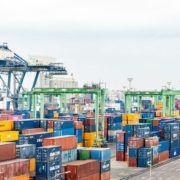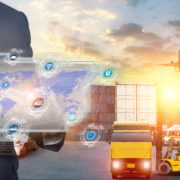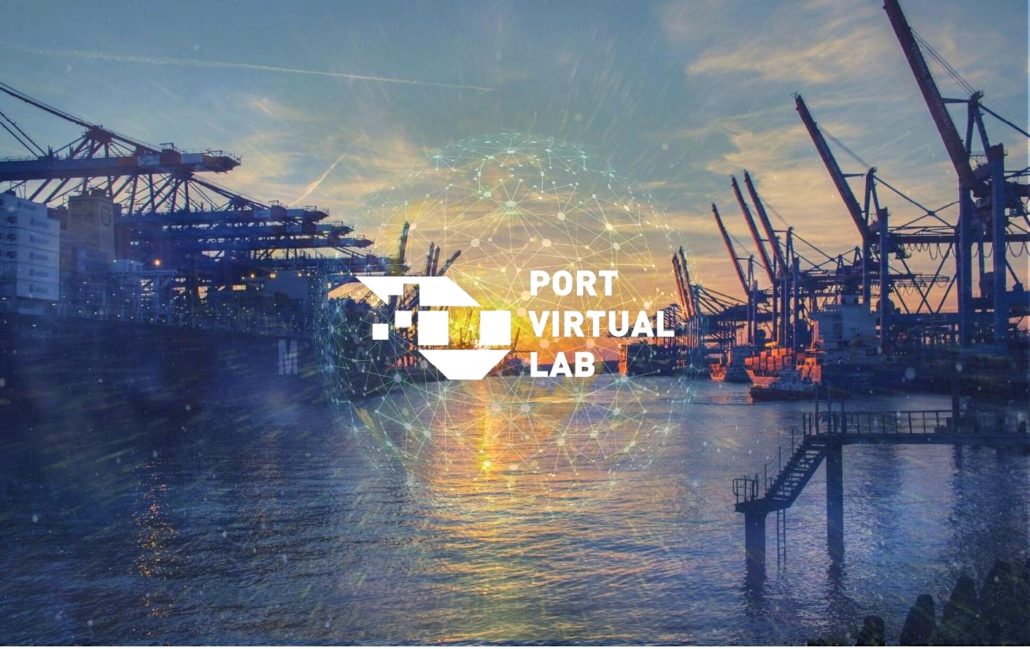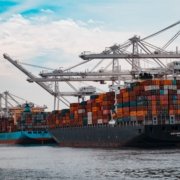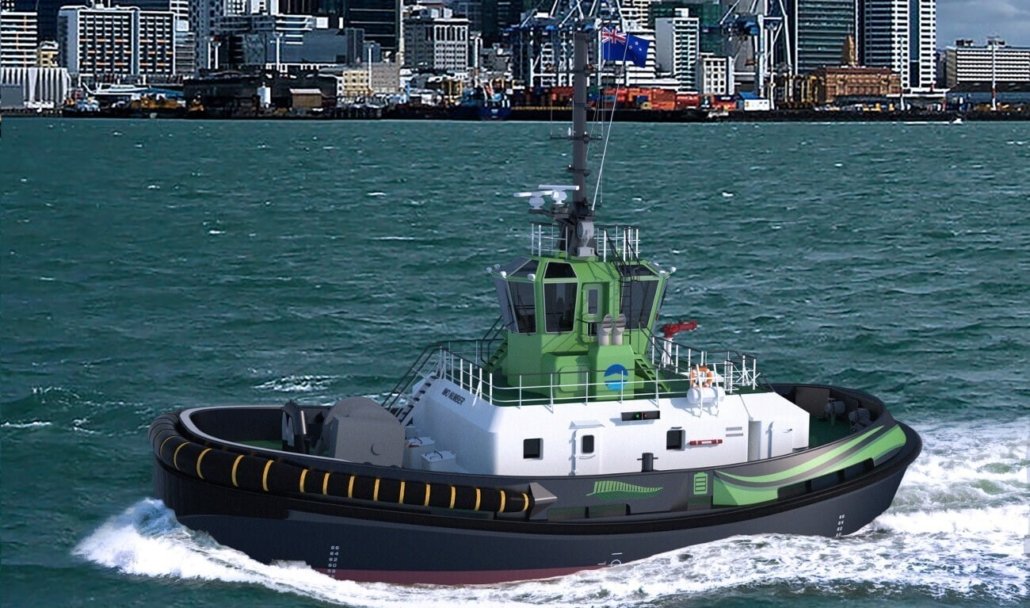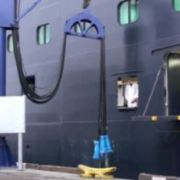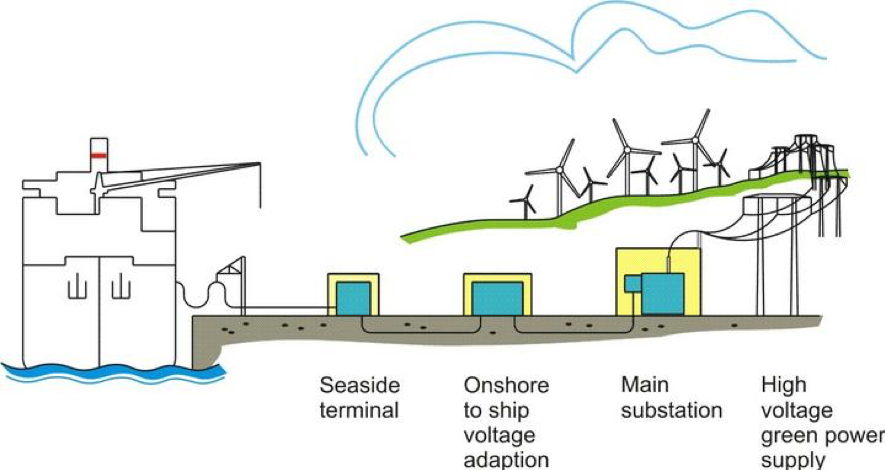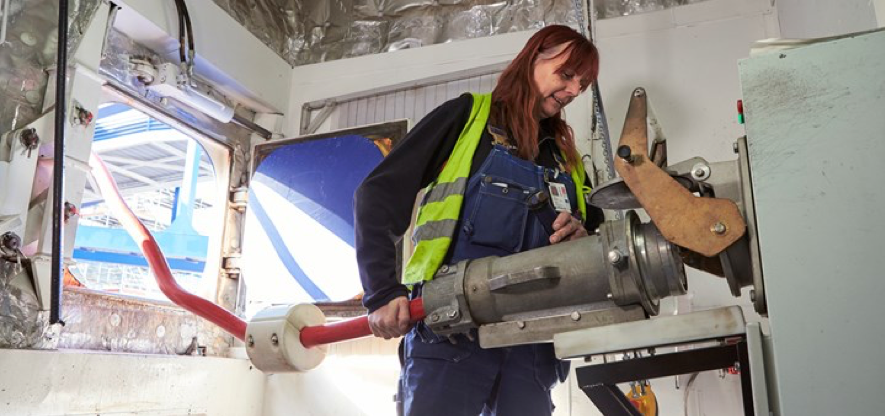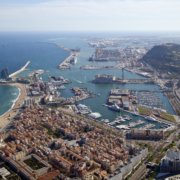Welcome to the Port – Learning Together

Last month we introduced the new initiative that was born out of the need to bring the port professions closer to the realities of our communities and our sector – Barcelona Ports Training and Employment Group.
This month, we wanted to check it on how this Group doing, with a specific focus on step 2 – Learning Together (or Aprenem Junts).
Learning Together
Business reality is constantly changing. Every day, new applications, tools and disruptive business models appear that make companies mutate continuously. In this changing context, it is very difficult for the information that is transmitted to students and future professionals to always be up to date, as unfortunately books and academic content do not have this liveliness and the ability to change so quickly.
One way to achieve that is for teachers, who are usually professionals dedicated entirely to teaching, to get to know directly the reality of companies. This can be achieved through short stages of teachers in companies of the sector.
In line with this need, the Training and Employment working group has developed a specific action called “Aprenem Junts” – Learning together, through which teachers from the local institutes are invited to complete short training or knowledge stints – lasting one or two weeks – in companies from the sector.
This activity is open for all professional fields existing in companies in the Port Community: nautical, logistics, mechanical, chemical, international trade, IT, administration…
This action has two main objectives:
- For the teachers to see the day-to-day realities of the companies first-hand.
- To build relationships between teachers and professionals who manage these companies, therewith building up a rapport and opening up a channel of communication and knowledge exchanges to share needs, concerns, news and developments with each other.
This should serve to advance another similar objective: that schools and institutes begin to incorporate training sessions given by professionals from the sector within their courses. Ideally, these should not be seen as intrusions, but as enrichments of the students’ overall education. After all, it is beneficial for professionals to prepare classes as it requires them to put themselves in the other person’s shoes, which in turn forces them to systematise the work activities they carry out on a daily basis. Having to explain what you do to others is a highly recommendable exercise for everyone.
Aprenem Junts 2023
In 2022, for the first time, an initiative to promote this exercise of interaction between companies and teachers was organised, with successful results in terms of generation of contacts and collaborations, helping companies to incorporate more students in their staff.
This month, the Port of Barcelona and the Training and Employment Work Group is organising a new edition of the “Learning Together” event. It will take place on the 19th of April 2023 in the Aula dels Estels of the World Trade Centre (in Barcelona). The event will aim to:
- Establish links between companies in the sector and training centres that teach content related to the port industry
- Encourage teachers’ stints in companies with the aim of bringing teachers closer to business reality
- Improve companies’ talent recruitment through the teachers’ knowledge of the companies’ cultures, missions and values
This event will take place in the shape of a “speed dating” environment, where individual conversations between professionals from different companies and the teachers or counsellors will be held on a rotational basis. If you are interested, you can register here (NOTE – the event will be held in Catalan).
After all, the Port of Barcelona has an attractive and powerful brand to uphold, and it needs to be communicated to the best talent to come and work in the port-logistics community.
Previous articles in this series:

